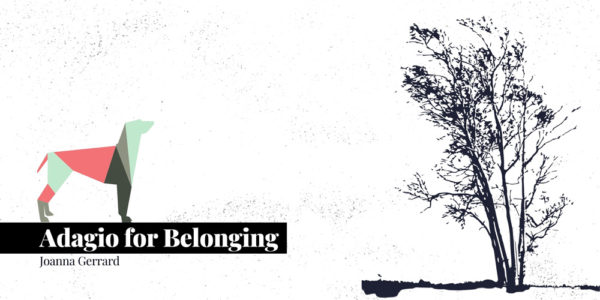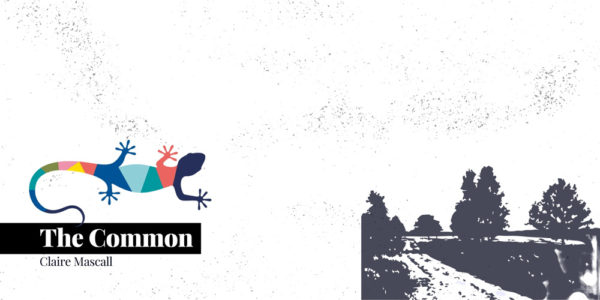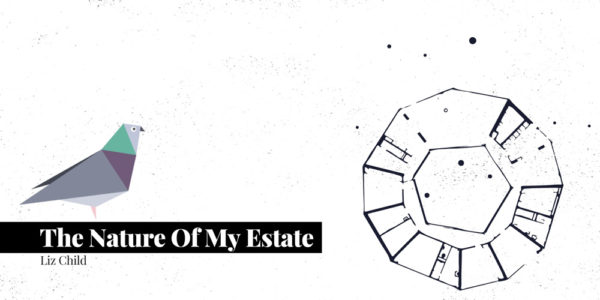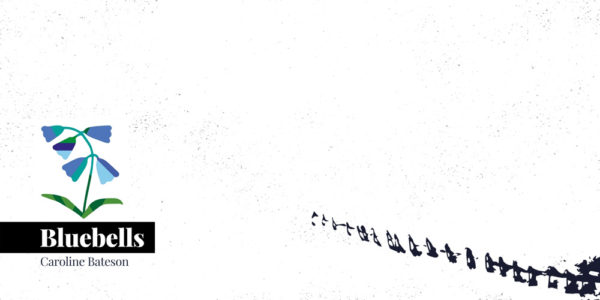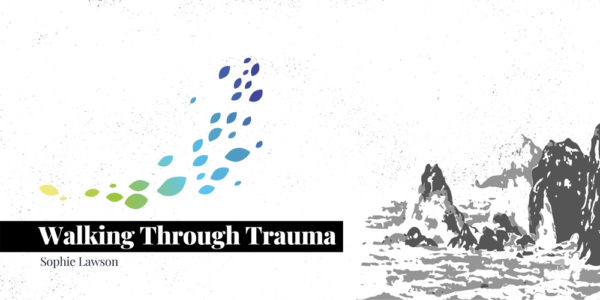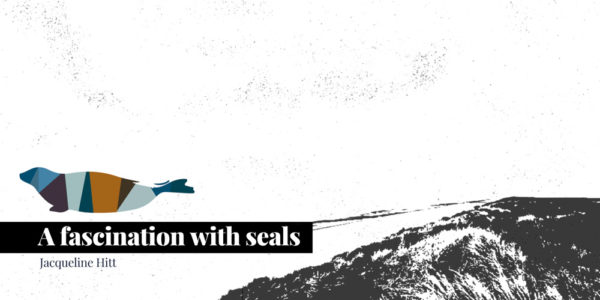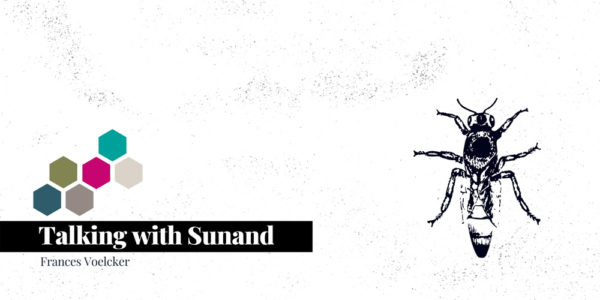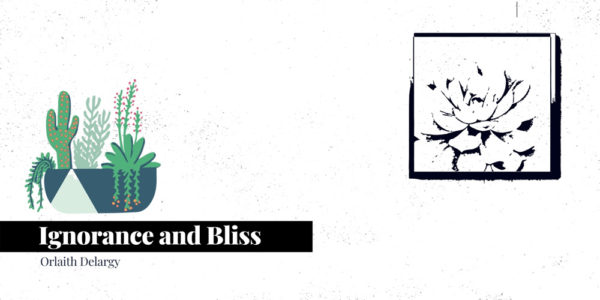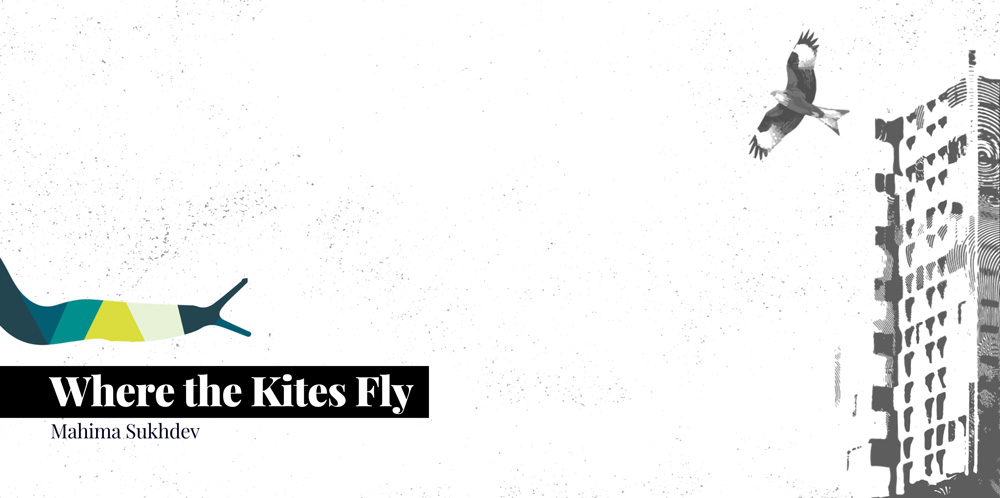
The city is loud: sometimes it buzzes, sometimes it blares, but all the time it makes itself heard. And Mumbai, with its 18 million people crammed into a narrow strip of land, is louder than most.
When nature lands here, she falls seamlessly in step with the anonymous droves flowing along the roads. In the city, she’s an urbanite: she hasn’t got time for frivolities, she doesn’t linger for longer than she needs to, and she dresses practically, wearing only sensible shoes.
I grew up with nature in this apparition.
When I was two years old, I would ask to go to “budgie ke yahan,” which can be literally translated to “budgie’s place”. Budgie’s place was the Bombay Gymkhana, a local sports club that my parents would frequent, ostensibly to play badminton, but really just to spend time outside of our cramped little apartment, where they could hear the sound of horns from the traffic below, despite being on the 14th floor.
In the Gymkhana there was a dusty playground, with a metal slide and a plastic swing-set and a budgerigar in a cage. I would spend hours watching the colourful bird while my parents sat on white wicker chairs, sipped on fresh lime sodas, and watched me. My parents loved telling this story, and I liked it when they told it because it reaffirmed a belief I held to be true: that I am—have always been—a nature lover.
I held this belief gingerly though, somewhat apologetically. I was, after all, a child born of concrete. The World Health Organization recommends at least 20 square meters of green space (parks, gardens, green belts, etc.) per capita in big cities. London has an abundant 50 square meters per capita, Delhi has 15, and Mumbai has two. In this crowded city, where could a love for nature come from? Where could it turn to? My indulgence in nature was amateur, a series of false starts and misdirected fervour, like a hatchling imprinting on the wrong mother.
The Plague
In 1994, a plague swept through India via Mumbai, claiming many lives. It was an all-consuming emergency: we were at war. The newspapers ran front-page stories about the plague almost every day. Events were cancelled, people stayed indoors, the hustle-bustle of our city was muted, like someone had turned a giant dial and lowered the volume. One morning, the whole school was gathered in the assembly hall, and our principal invited a fat, moustached man onto the stage. He wore a suit and looked uncomfortably hot, or maybe he just hated public-speaking. He spoke to us for a long time though, in a serious tone, using big words that most of us didn’t understand: “Bubonic”, he said. The hungry girls thought of bourbon biscuits. “Yersinia pestis” he said. The Christian girls thought of Latin prayers. “Vectors”, he said. The older girls thought of maths class probably. We shuffled out of the assembly hall, fearful but also a bit excited: we were starting to develop egos and understand history, and for the first time in our young lives, we felt like we might be a part of the story of the world.
While most of my friends were celebrating the unexpected school holidays, I was quietly concerned about the plight of the city’s rats, innocent carriers of the deadly disease. Everybody suddenly hated them. We had shared our city with these creatures: we went about our days, they went about theirs. We dared not question their decision to migrate to Mumbai: that would inevitably lead to more introspective questions we didn’t want to ask ourselves, about waste, or scarcity, or nativism. The rats were common enough that we were not actually afraid—we’d shriek when we saw them of course, but mostly out of habit. But now there was a growing intolerance: they spoke about rats with a vitriolic rage I couldn’t understand. Couldn’t they see that they meant no harm? And the rats were dying as well, in great numbers. The plague came and went, and the newspapers never published the rat death count. I thought of them being poisoned, becoming suddenly inert on the roadside like little balls of grey cottonwool.
“There was a little mouse,
Who used to live in my house
But in the news one day,
They were very sad to say,
That plague was causing death in our city—
I stamped my foot and took pity,
I went into my house and decided to kill the mouse
But later that day I felt ashamed
Because I forgot to ask his name.”
– Me, age 6
I wrote this clumsy poem, barely able to express what I was feeling. In my big city, for the first time, I saw people turn against nature in fear.
The Prison
At the beginning of the monsoon season, when the rains had newly flushed out the sub-surfaces of the city, I collected five slugs that were loitering near the carpark beneath our 18-storey building. I put them in a shoebox, and proudly installed the shoebox in our living room. They were our first pets. With a planning horizon typical of my age—now seven—it was only once the slugs were housed that I became concerned with what they would need to eat. This was before the internet era, so I trawled through encyclopaedias searching for this information in vain, becoming increasingly panicked. My mother assured me if we just created a bedding of mud in the shoebox, and threw in some leaves and small plants, they’d be alright. These were procured late at night from a small grassy area at the entrance of our building—the watchman on duty leaned on his cane and looked out at us with mild curiosity, though careful to avert his eyes whenever we looked back.
I took good care of my slug pets: I poked small holes in the top of the shoebox so they could get some light, I dutifully refreshed their mud-bed every few days, and I replenished their food supplies—mostly decomposing leaves, of which there were plenty brought down by the heavy rains. I gave them all names, and I could tell them all apart too. If you spend enough time with any group of animals, you’ll notice the things that make each one unique: the thickness of the white line along their backs, the shape of their tentacles, the frilliness of their skirts. Once I got comfortable with them, I started to let them free on the kitchen floor for a while so they could get some fresh air and exercise—time out of cell, so to speak.
Alas—once they had tasted freedom, there was no turning back. The details of the incident are fuzzy in my memory, and my mother cannot seem to verify the facts, but one night, four of the five slugs escaped the shoebox. They didn’t make their way very far across our beige living room carpet, and the slime trails they left behind meant it was particularly easy to trace and then apprehend them. Someone had perhaps not put the shoebox lid on right.
Instead of swathes of manure, I had my slugs’ ghostly midnight trails. Instead of vast grassy fields, I had a few carpet knots per square inch. But in my big city, I reared animals with my own routines and rituals.
The Hanging Gardens
We were in a dense thicket. We stepped over thick roots, and the dirt path ahead narrowed as the underbrush took over. For a chaotic moment we were wielding our arms like machetes, pushing aside branches in our way. We might have been in a rainforest, but for the occasional wail of a police siren. And then, abruptly, we spilled out into a sunny patch of manicured lawn. In the centre of it, there was a giant boot. The boot was made from stone and brick, and there was an entrance on one side. I climbed up to the top of the boot to look out over the Hanging Gardens of Mumbai. It was fantastical: I was Alice, and this was my Wonderland.
The benefit of being little is that the spaces around you appear endlessly large. The majestic Hanging Gardens, I now know, is a small but much-loved terraced garden and park perched on top of Mumbai’s Malabar Hill.
“Why is it called Hanging Gardens, Papa?” I asked as we stood at the lookout point, the Arabian Sea beneath us, and the shimmering outlines of Mumbai’s skyscrapers beyond. “It’s named after the Hanging Gardens of Babylon. Babylon was a great and ancient city, once the centre of the world. And the trees and plants in this garden weren’t rooted in the earth, they were all raised up, at different levels. That’s why they’re said to be ‘hanging’.”
My early visits to the Hanging Gardens were driven by a desire to explore, to experience a little patch of nature. Later, I would come to see the trips as a necessity.
Adenanthera pavonina. A perennial tree, commonly known as ‘Red Lucky Seed’, abundant in the Hanging Gardens. The ground was scattered with thousands of their red, disc-like seeds. “Like Smarties”, my little sister once pointed out. They were as bright, as glossy, and as uniform—just missing the chocolate centre. We started collecting these seeds—a handful at a time at first—and we kept them in matchboxes and played games with them. But they soon caught the fancy of the other girls at our school. The seeds were beautiful and versatile—they could be strung into necklaces, used for artwork, or simply collected and displayed. We went back to the Hanging Gardens to harvest more, and our stores moved from matchboxes to glass jars. They became a form of currency for trade with our friends: we’d exchange them for stickers, collectible toys, and even for favours: you let me copy your homework, I’ll give you 20 seeds.
After that, whenever I visited the Hanging Gardens I would only be fixated on the ground, eyes wide in a state of hungered frenzy, scanning for seeds.
In my big city, I experienced a small piece of wilderness and marvelled at its many mysteries. And then I learnt how to reap the fruits of nature for my own gain, and it changed how I saw the wilderness.
The Petition
I carefully folded the pages of the petition together and put them in a big brown envelope, along with the covering letter. “300 signatures,” I said to myself proudly. Surely the Chinese ambassador would give our petition the attention it deserved. It was 1997, and we were waking up to the realisation that India’s tigers were really and truly threatened with extinction. One big reason for this was the illegal trade in tiger parts, and most of the demand for tiger parts came from China.
I had spent the last few weeks going from classroom to classroom, and lunch table to lunch table, collecting signatures. Most of the girls, welcoming any break from regular classwork and fickle friends, enthusiastically signed the petition. My earliest understanding of how the real world worked—globalisation, supply and demand, the role of diplomacy—came from putting this petition together. None of the girls cared to test my half-baked knowledge of the above: all I had to say was “the tigers are going extinct, and we have to save them—sign here” and they’d look up at me, worried expressions between tightly-braided pigtails, and scrawl their names on the paper. We were old enough to be worried about the future, but young enough not to know scepticism.
I had never seen a tiger in the wild: barely any of us had. Yet our collective imaginations were teeming with images of the tiger. India’s national animal. The saffron colour in our flag. The Goddess Durga’s trusty steed. The villain in ‘The Jungle Book’. The hero in ‘The Tiger Who Came to Tea’. My bedroom wall was plastered with photos of tigers cut out from magazines, and a map of India showing all the national parks. I was a nature lover, and a patriot.
In those same magazines, pundits compared the growth rates and outlooks of India and China, pitting the two rising powers against each other. I wondered if there was a Chinese girl out there who worried about the integrity of the Chinese Zodiac if the Tiger went extinct, and was reduced to a fictional beast like the Dragon, to be found only in picture books and re-conceived at festivals.
In my big city, I realised that believing is not about seeing, and that nature can be about your country, your religion, even the positions of the stars. And I fought for the idea of nature.
The God of the Sky
I would gaze out of the window of our Mumbai apartment often: the scent of the cool sea breeze lured me over, and the sight of the kites soaring overhead kept me transfixed, in a meditative state, as the colour of the evening turned from yellow, to orange, to purple. The clothes lines and rooftops below us, and our beige living room carpet, changed colours too.
There were really only three birds one would see regularly in the city: the crow, the sparrow, and the kite. They were all decidedly urban birds: generations ago, their ancestors had left behind their quiet lives in the forest and moved to Mumbai, city of dreams, city of extremes, maximum city.
The crow was an ugly, angry bird: a bird of landfill sites and rotten things. Intelligent, yes, resourceful, definitely, but not likeable. He didn’t even bother pretending he was a bird. He didn’t prefer a tree to a trash heap.
The sparrow was in my mind a more recent migrant: she retained a little countryside charm, a melodic song reminiscent of another world. She was small and jittery, and didn’t get too close to humans.
But the kite: the kite was the God of the sky. The kite was both long-term urban resident and altogether transcendent. The kite flew above us all, not involved in the mess we made beneath. An elegant, fierce bird that conjured up all the images of freedom and power an eagle would. Better than an eagle though—the kite had made it in the big city.
And the kite reminded me that there will be life anywhere we allow life to be. And in my big city, with only two meters of green space per capita, nature thrived on the Y-axis: in a shoebox on the 14th floor, in the terraced gardens on top of hill, in the saffron on a flag hoisted high and proudly unfurled, and in the space between the tallest skyscraper and the stratosphere, where the kites fly.
. . .
About the author
Mahima is a nature lover and a futurist. She works with global companies to reimagine their business models and rewrite the stories they tell themselves about growth, prosperity, and environmental impact. She has the same ambition for writing about nature: questioning how we relate to the natural world, and exploring what other stories are possible, plausible and desirable. Outside of work and writing, Mahima is an advisor to Birdlife International, and she mentors several social impact start-ups.

